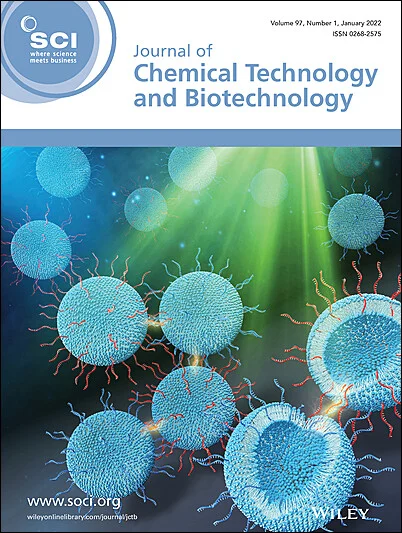Microwave-assisted synthesis of magnetic CuFe2O4 nanocatalysts for rapid room-temperature reduction of 4-nitroaniline
Abstract
BACKGROUND
The development of environmentally friendly and efficient catalysts for pollutant reduction is a pressing need in green chemistry. Magnetic spinel ferrites, particularly CuFe2O4, are promising candidates due to their recoverability and tunable catalytic properties. However, conventional synthesis methods often require high temperatures and long durations.
RESULTS
Our study presents a green and rapid method for synthesizing CuFe2O4 nanoparticles as magnetically recoverable catalysts for the reduction of 4-nitroaniline at room temperature, using a coprecipitation–microwave treatment approach. The microwave-assisted synthesis enabled the formation of a well-crystallized cubic spinel phase without necessitating prolonged high-temperature calcination. The resulting materials were thoroughly characterized for their crystal structure, morphology, surface functional groups, elemental composition, specific surface area, porosity, and magnetic properties. Accordingly, the sample prepared without microwave treatment exhibited an amorphous structure, negligible magnetic response, and poor catalytic activity. In contrast, the microwave-treated samples, particularly those irradiated for 15–25 min, showed outstanding catalytic performance, achieving complete reduction of 4-nitroaniline to p-phenylenediamine in the presence of NaBH4 within 75–180 s, which are attributed to the enhanced spinel phase contents, increased surface concentrations of Cu2+ and Fe3+ ions, high porosity, and large specific surface areas. These catalysts also demonstrated strong magnetic properties, enabling easy magnetic separation and reuse.
CONCLUSION
The proposed coprecipitation–microwave treatment method offers a fast and low-energy approach to prepare highly active CuFe2O4 catalysts for the ultra-rapid reduction of 4-nitroaniline. The excellent catalytic performance, magnetic recoverability, and reusability of these samples highlight their great potential for water treatment applications. © 2025 Society of Chemical Industry (SCI).



 求助内容:
求助内容: 应助结果提醒方式:
应助结果提醒方式:


